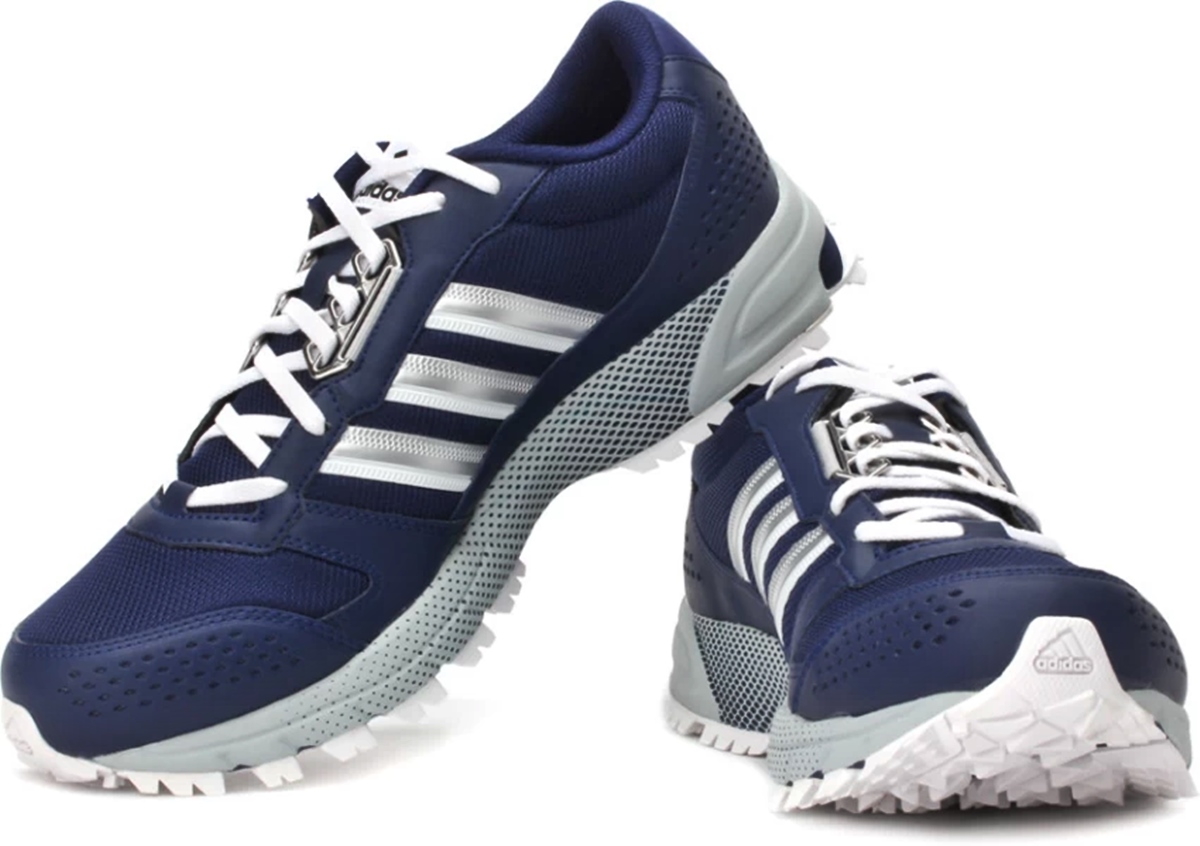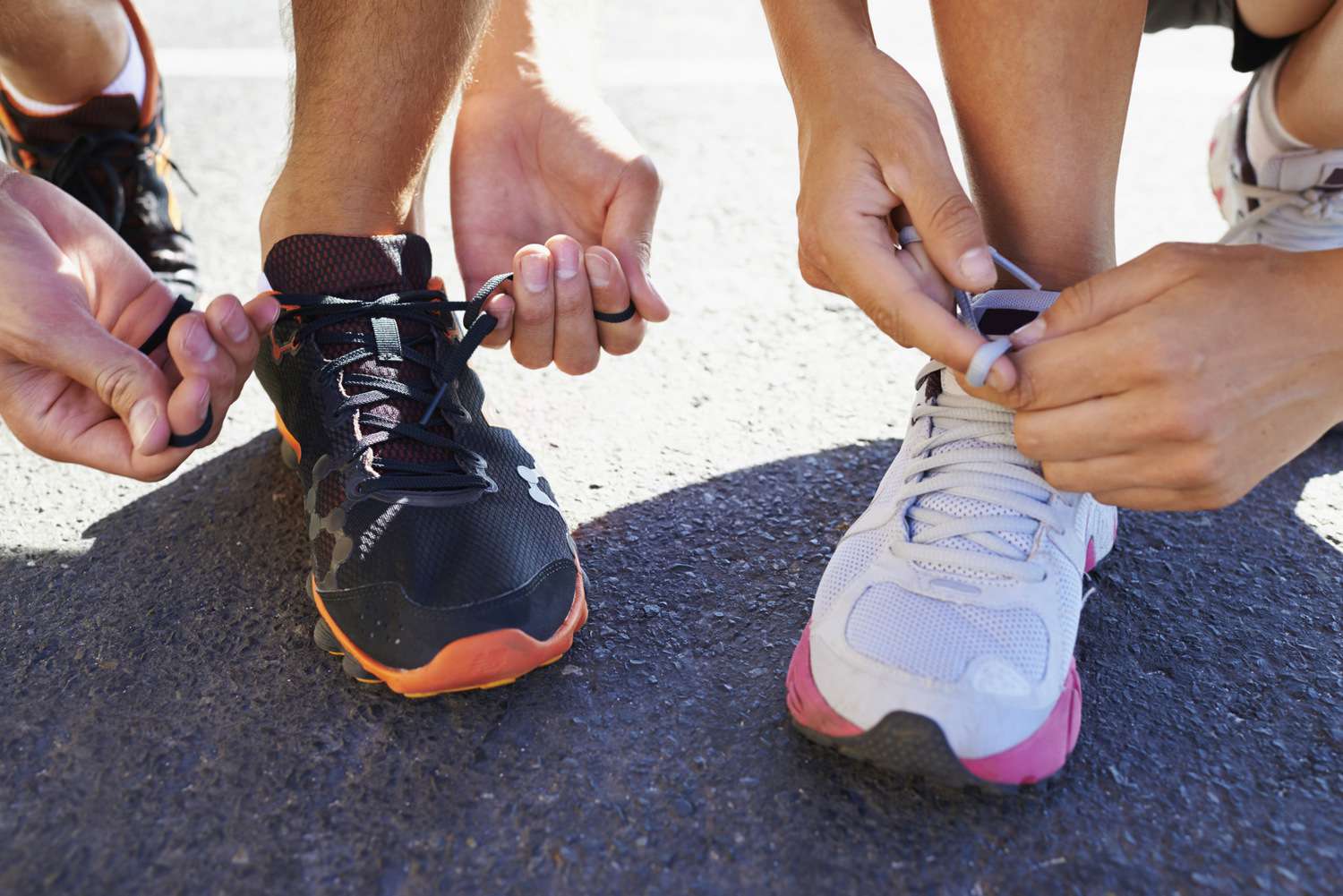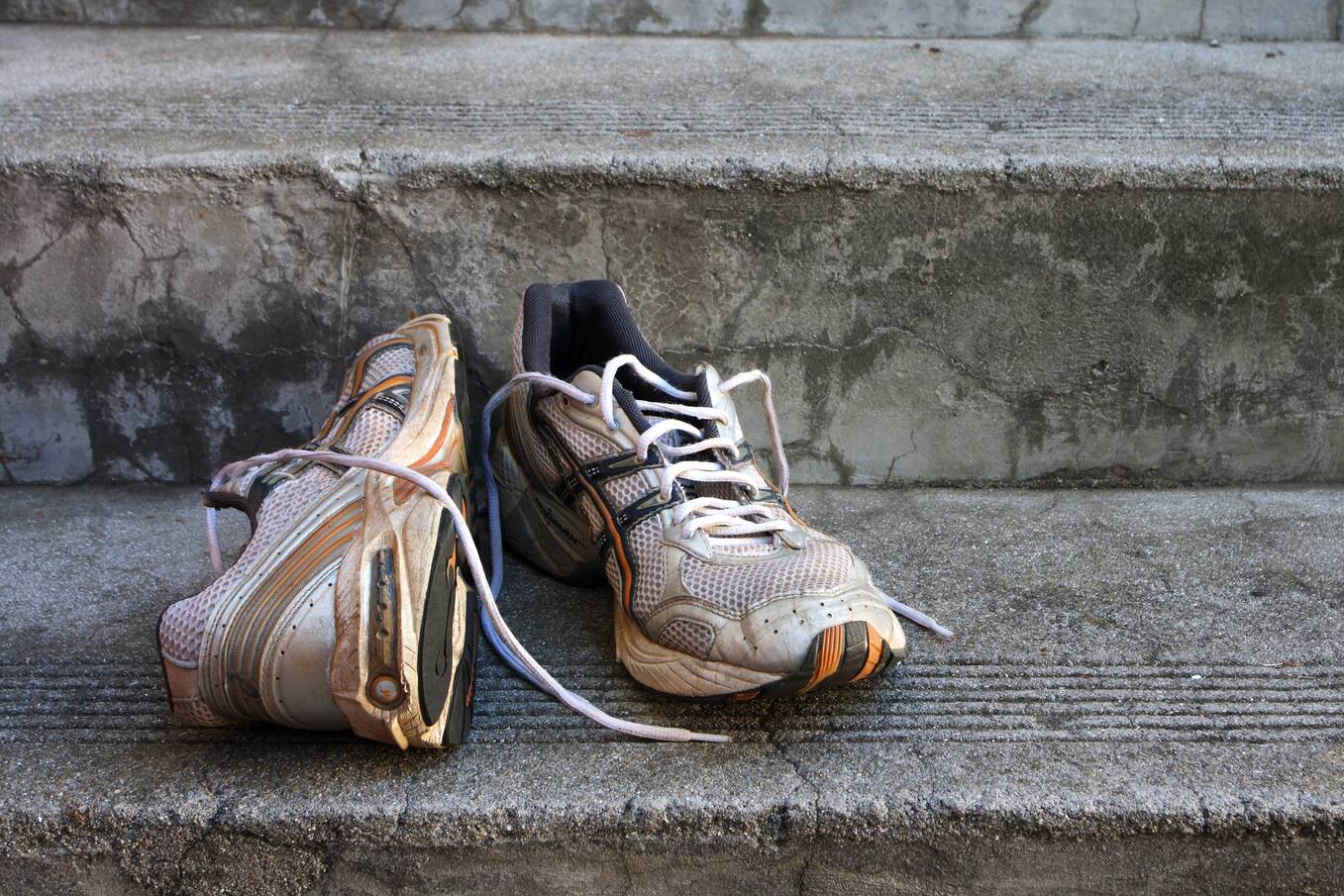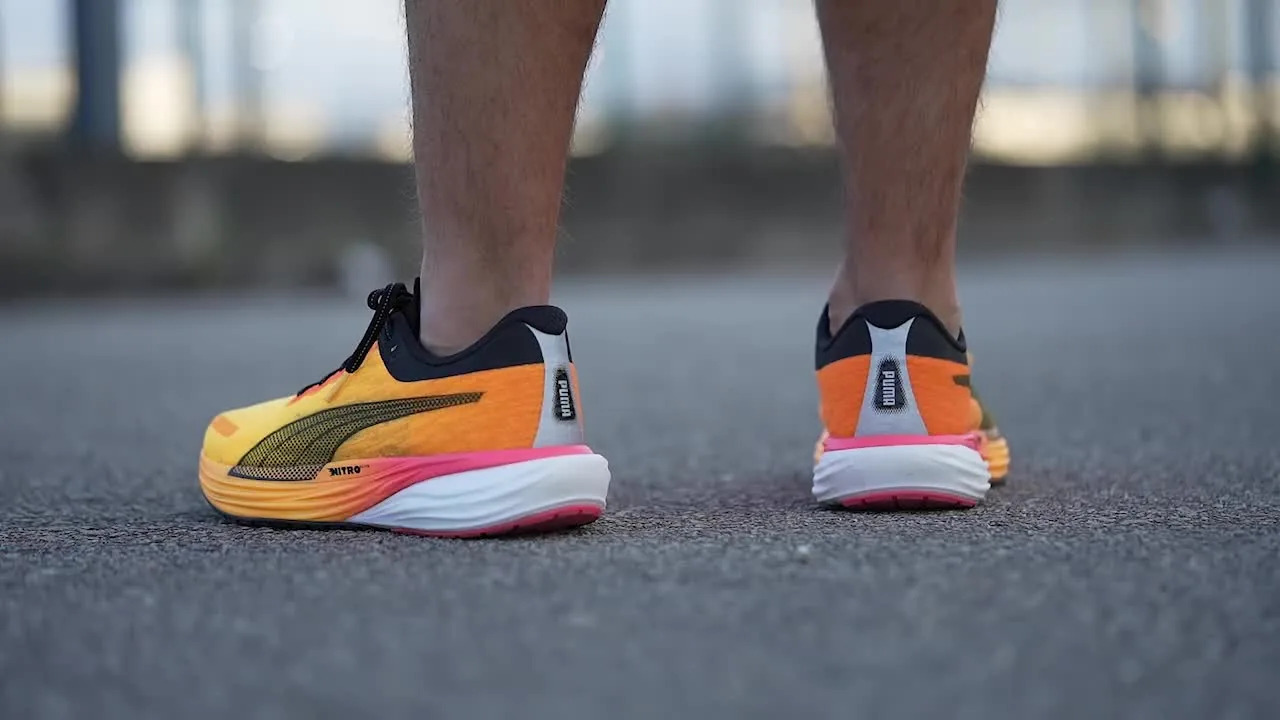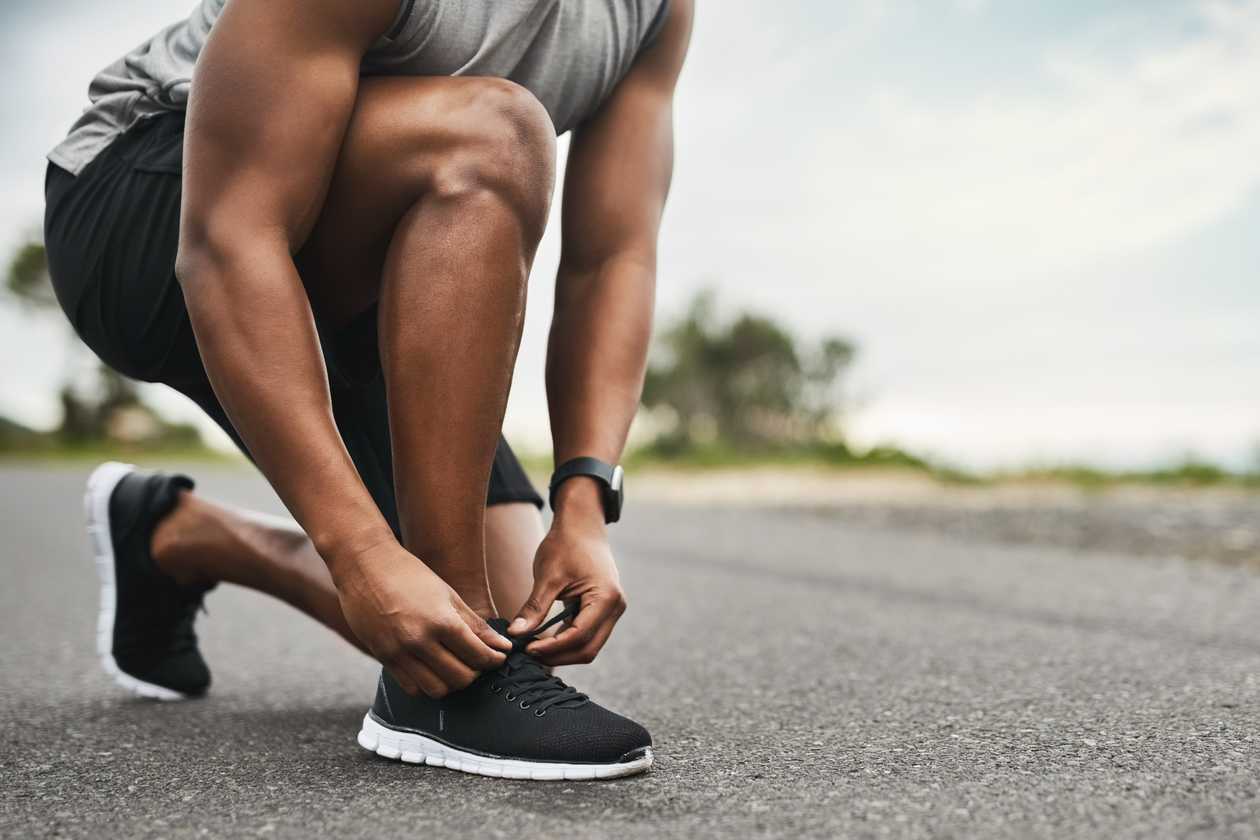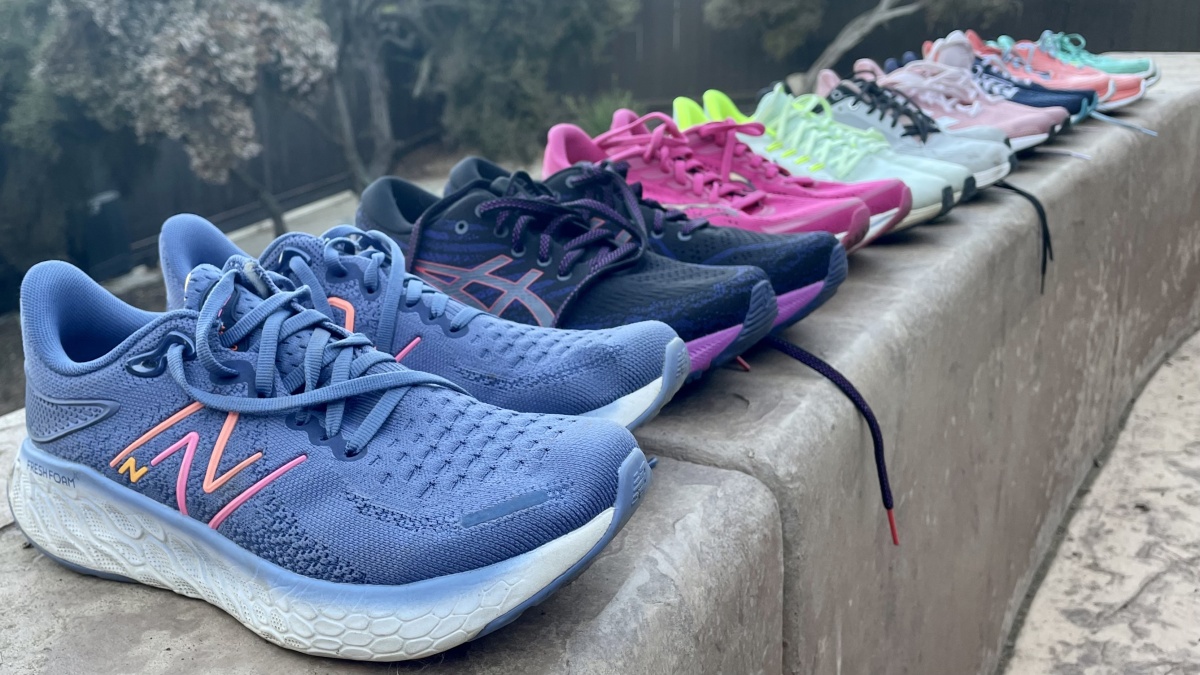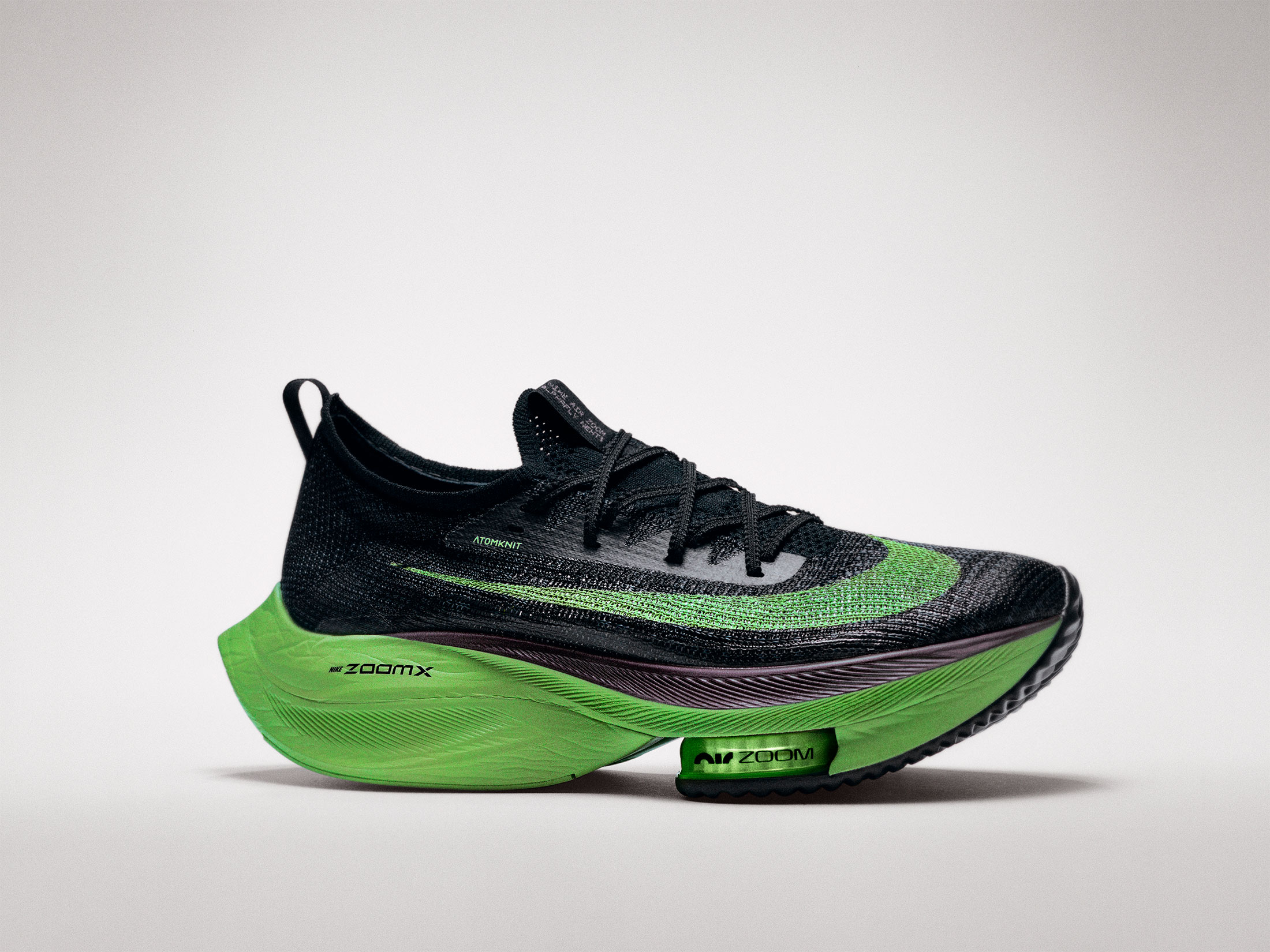

Featured
What Running Shoes Are Banned
Modified: August 19, 2023
Find out which running shoes are banned in professional races. Read our featured article to stay informed and ensure you're wearing the right gear for your next race.
Introduction
Running shoes play a crucial role in an athlete’s performance, providing support, comfort, and boosting their speed. Over the years, there have been numerous advancements in running shoe technology, resulting in the creation of highly advanced and innovative shoes that are designed to offer runners a competitive edge.
However, not all running shoes are created equal. In a bid to maintain fairness and uphold the integrity of the sport, certain running shoes have been banned from use in official competitions. These banned shoes have caused quite a stir in the running community, sparking debates and discussions surrounding their performance-enhancing properties.
In this article, we will delve into the realm of banned running shoes, examining some of the most notorious models and the reasons behind their prohibition. From the groundbreaking Nike Vaporfly series to the high-performance Adidas Adizero Pro, we will explore the technology, features, and controversy surrounding these shoes.
Whether you’re a professional athlete, a dedicated runner, or simply intrigued by the world of sports, this article will provide an in-depth look into the banned running shoe phenomenon. So, lace up your virtual sneakers as we uncover the secrets behind these extraordinary shoes that have been deemed too advantageous for competitive use.
Background on Banned Running Shoes
In recent years, there has been a surge in the development of technologically advanced running shoes that offer significant performance benefits to athletes. These shoes have been met with both excitement and skepticism within the running community, prompting governing bodies to take action and establish guidelines on permissible footwear.
Historically, running shoe regulations were less stringent, with athletes having more leeway in choosing their preferred footwear. However, as shoe technology advanced, concerns arose regarding the potential imbalance created in terms of competition fairness.
In response, organizations such as World Athletics (formerly known as the International Association of Athletics Federations or IAAF) implemented stricter regulations on running shoes. Their primary focus was to address shoe designs that provided an unfair advantage, leading to the banning of certain models in official competitions.
Banned running shoes are typically characterized by their unique construction and the incorporation of technologies that enhance performance. These advancements include features like carbon fiber plates, specialized cushioning systems, and energy return properties, which have been proven to significantly improve running efficiency.
The decision to ban these shoes stems from concerns that they may give wearers an unfair advantage, ultimately skewing the competition. Governing bodies aim to ensure a level playing field for all athletes, where success is determined by talent, training, and fitness rather than the equipment used.
It’s important to note that the regulation of banned running shoes is an ongoing process as new models and technologies continue to emerge. This ensures that governing bodies stay abreast of the latest developments and maintain the integrity of the sport.
Now, let’s explore some of the most notable banned running shoe models and the controversies surrounding them.
Nike Vaporfly Series
The Nike Vaporfly series is arguably one of the most iconic and controversial lines of running shoes in recent history. The series hit the running scene with a bang, revolutionizing the way athletes approach races and breaking records along the way.
At the heart of the Vaporfly’s success is its innovative technology, most notably the inclusion of a carbon fiber plate in the midsole. This plate provides a propulsive sensation, effectively assisting runners in achieving faster times. Additionally, the shoes feature Nike’s ZoomX foam, which offers exceptional energy return and cushioning, reducing fatigue and maximizing comfort.
The performance benefits of the Vaporfly shoes were evident from the beginning. Athletes who donned these shoes witnessed remarkable improvements in their race times, setting new records in marathons and other distance events. However, this success did not come without controversy.
As debate surrounding the Vaporfly series intensified, World Athletics stepped in to address concerns and establish guidelines for their use. In January 2020, World Athletics introduced new regulations, specifically targeting shoes with a stack height and sole thickness that exceeded acceptable limits. This effectively placed restrictions on the Vaporfly series, requiring modifications to bring them within the approved parameters.
The decision to regulate the Vaporfly series was met with mixed reactions. Supporters argued that the shoes offered legitimate performance benefits and were simply a result of technological advancements in the sport. Critics, on the other hand, believed that the shoes provided an unfair advantage and undermined the integrity of the competition.
Regardless of the controversy, the Vaporfly series undeniably made a lasting impact on the running world. It pushed the boundaries of what was thought possible in terms of speed and efficiency, leaving a lasting legacy in the sport.
While the Vaporfly series may be banned in their original form, the advancements and lessons learned from these shoes continue to shape the future of running footwear. As manufacturers strive to create the ultimate running shoe, the Nike Vaporfly series serves as a benchmark, highlighting the potential for innovation and the ongoing quest for improved performance.
Adidas Adizero Pro
The Adidas Adizero Pro is another highly acclaimed running shoe that has stirred up controversy and excitement within the running community. Designed with elite athletes in mind, this shoe boasts advanced features that aim to optimize speed and performance.
Key to the Adizero Pro’s success is its lightweight design and responsive cushioning. The shoe incorporates Adidas’ Lightstrike Pro midsole, a foam that offers a perfect balance between energy return and cushioning. This enables runners to maintain a high pace without compromising on comfort or impact protection.
In addition to the innovative midsole, the Adizero Pro features a carbon fiber-infused plate that provides a smooth and propulsive ride. This plate, combined with the shoe’s carefully engineered outsole, offers a level of responsiveness that can significantly enhance a runner’s stride efficiency.
The controversy surrounding the Adidas Adizero Pro primarily revolves around its performance-enhancing capabilities. Like the Nike Vaporfly series, the Adizero Pro pushes the limits of what is considered fair in competitive running. Critics argue that the shoe’s design gives athletes an unfair advantage, ultimately impacting the integrity of the sport.
To address concerns raised by governing bodies and maintain fairness in competition, organizations such as World Athletics have implemented regulations on parameters such as stack height and sole thickness. These regulations aim to prevent shoes like the Adizero Pro from providing an exaggerated advantage over other competitors.
However, it’s important to note that the Adizero Pro, despite being subject to restrictions, still offers many performance benefits. For athletes looking to maximize their potential, it remains a highly sought-after shoe that can help in achieving faster race times and improved overall performance.
The Adidas Adizero Pro showcases the continuous innovation and competition within the running shoe industry. As restrictions are placed on certain models, manufacturers are inspired to create new designs and technologies that conform to the established regulations while still delivering cutting-edge performance.
Whether you view the Adizero Pro as a genuinely game-changing shoe or an unfair advantage, there is no denying its impact on the running world. It represents the drive for excellence in athletic performance and the ongoing quest for the perfect balance between technology and integrity in the sport.
Saucony Endorphin Pro
The Saucony Endorphin Pro is a highly regarded running shoe known for its combination of speed, comfort, and versatility. Designed with performance in mind, this shoe has made waves in the running community, earning a reputation as a formidable competitor on race day.
One of the notable features of the Endorphin Pro is its full-length carbon fiber plate. This plate works in harmony with Saucony’s PWRRUN PB cushioning, providing runners with a propulsive forward motion and a responsive feel. The result is enhanced energy return and reduced fatigue, allowing athletes to maintain a fast pace throughout their runs.
The shoe’s upper is also engineered to optimize performance. It is constructed with a lightweight and breathable mesh material, providing a secure and comfortable fit. The FORMFIT technology adapts to the shape of the foot, offering a customized and supportive feel.
The Saucony Endorphin Pro has met with acclaim and found success among both professional athletes and avid runners. Its performance-enhancing features have sparked conversations about its competitive advantage and subsequent regulation.
Recognizing the need to maintain fairness in racing, governing bodies have implemented guidelines to address potential advantages offered by shoes like the Endorphin Pro. Parameters such as stack height and sole thickness are closely regulated to ensure a level playing field.
Despite the debate, the Saucony Endorphin Pro remains a favorite among runners seeking a lightweight and responsive shoe for optimal performance. Its innovative design continues to impact the running landscape and inspire advancements in running shoe technology.
Ultimately, the Saucony Endorphin Pro represents the ongoing pursuit of excellence in running footwear. As regulations evolve, manufacturers will adapt and strive to create shoes that strike the perfect balance between innovation, performance, and fair competition.
Brooks Hyperion Elite
The Brooks Hyperion Elite is a running shoe that aims to push the limits of performance and speed. From its sleek design to its innovative features, this shoe is designed to maximize efficiency and help runners achieve their best times.
One of the standout features of the Hyperion Elite is its nitrogen-infused DNA ZERO midsole. This midsole delivers a balance of cushioning and responsiveness, providing a lightweight feel that propels runners forward with each stride. The shoe also features a carbon fiber plate, strategically placed to enhance energy transfer and promote a more efficient running motion.
In addition to its performance-driven construction, the Hyperion Elite offers a comfortable and secure fit. The streamlined upper is constructed with lightweight materials that offer breathability and support, ensuring a snug yet flexible feel.
Like other high-performance running shoes, the Brooks Hyperion Elite has faced scrutiny and regulation due to its potential advantages in competition. Governing bodies have established guidelines to address the use of shoes with features that may provide an unfair advantage, such as stack height and sole thickness restrictions.
Despite these considerations, the Hyperion Elite remains a popular choice among runners looking to optimize speed and efficiency. Its combination of lightweight construction, innovative technology, and comfort make it a formidable choice for races and intense training sessions.
The Brooks Hyperion Elite exemplifies the ongoing pursuit of excellence in the running world. As manufacturers continue to develop new technologies and designs, regulations will evolve to ensure the integrity of competition remains intact. This balance between performance and fairness is crucial as athletes strive to push the boundaries of what is possible in their pursuit of greatness.
New Balance FuelCell
The New Balance FuelCell series is a line of running shoes that has gained significant attention for its performance-enhancing features. Designed with speed and responsiveness in mind, the FuelCell shoes have become popular among competitive runners and casual athletes alike.
One of the key technologies integrated into the FuelCell line is the FuelCell foam. This lightweight and cushioned material provides a high level of energy return, allowing runners to maintain a fast pace while reducing fatigue. The foam offers a responsive and springy feel, propelling athletes forward with each stride.
In addition to the FuelCell foam, the shoes also incorporate a carbon fiber plate. This plate enhances stability and promotes a smoother transition from heel to toe, boosting efficiency and helping runners maintain their momentum.
The New Balance FuelCell shoes have not gone unnoticed by governing bodies, sparking discussions surrounding their impact on performance. To ensure fairness in competition, regulations have been put in place to address the potential advantage provided by shoes with specific features, including stack height and sole thickness.
Despite the scrutiny, the New Balance FuelCell series remains highly regarded for its ability to deliver speed and performance. Athletes appreciate the balance of cushioning and responsiveness that these shoes offer, making them a popular choice for races and intense training sessions.
New Balance continues to innovate and refine the FuelCell line, staying at the forefront of running shoe technology. Their commitment to providing athletes with shoes that improve performance while adhering to established guidelines showcases their dedication to fair competition and the continuous evolution of the sport.
The New Balance FuelCell series serves as a testament to the ongoing quest for excellence in running footwear. As manufacturers strive to push boundaries and athletes seek to achieve new personal bests, the balance between performance and fairness remains a key consideration in the evolution of running shoe technology.
Hoka One One Carbon X
The Hoka One One Carbon X is a highly regarded running shoe known for its exceptional cushioning and performance capabilities. Designed for both racing and long-distance running, this shoe has gained popularity among athletes seeking comfort and speed.
The standout feature of the Carbon X is its carbon fiber plate, strategically placed within the midsole. This plate enhances propulsion and provides a stable and responsive platform for runners. Paired with Hoka’s signature cushioning technology, these shoes deliver a plush yet energetic ride that helps to minimize fatigue over long distances.
The upper of the Carbon X is engineered to offer a secure fit while maintaining breathability. It is made from lightweight materials that promote ventilation and provide a supportive structure. The shoe’s streamlined design further aids in reducing drag and improving efficiency.
Like other high-performance running shoes, the Hoka One One Carbon X has faced scrutiny in terms of its potential advantages in competition. Guidelines and regulations have been established by governing bodies to address concerns such as stack height and sole thickness, ensuring fair and equal competition for all athletes.
Despite any controversy, the Carbon X remains a popular choice for runners seeking a balance of cushioning and speed. The shoe’s responsive and propulsive nature, combined with its comfortable fit, make it suitable for both race days and training sessions. Athletes appreciate the performance benefits it offers while adhering to the established regulations.
Hoka One One continues to foster innovation in the running shoe industry with the Carbon X. As advancements are made and regulations evolve, manufacturers strive to strike the perfect balance between performance and fairness. The Carbon X represents the ongoing pursuit of excellence in running footwear, pushing the boundaries of what is possible in terms of cushioning, responsiveness, and speed.
With its combination of technology, comfort, and performance, the Hoka One One Carbon X is a testament to the ongoing quest for optimal running shoe design. As athletes continue to challenge themselves and seek new records, the evolution of running footwear will continue, ensuring a bright future for the sport.
Conclusion
The world of banned running shoes is a captivating and controversial topic in the running community. From the groundbreaking Nike Vaporfly series to the innovative designs of brands like Adidas, Saucony, Brooks, New Balance, and Hoka One One, these shoes have made a significant impact on the sport.
While the use of banned running shoes in official competitions has been restricted due to concerns about athletic advantage, these shoes have undoubtedly revolutionized the way athletes approach races and training. They offer innovative technologies, such as carbon fiber plates, specialized cushioning systems, and energy return properties, that aid in boosting speed and improving overall performance.
However, the regulation of banned running shoes is an ongoing process. Governing bodies, such as World Athletics, continuously evaluate and establish guidelines to ensure fair competition and maintain the integrity of the sport. Parameters like stack height and sole thickness are tightly regulated to prevent excessive advantages provided by footwear.
Despite the controversies surrounding these banned running shoes, their impact on the running world cannot be denied. They have pushed the boundaries of what is considered possible in terms of speed, efficiency, and comfort. At the same time, they have sparked debates on how to strike a balance between innovation and maintaining a level playing field for all athletes.
As manufacturers and athletes strive to push the limits, it is crucial to remember the intrinsic values of the sport: dedication, training, talent, and the love of running. While banned running shoes may seem enticing, it is the individual’s hard work and determination that ultimately contribute to success on the track or in races.
Moving forward, the evolution of banned running shoes will continue, with further advancements and regulations shaping the landscape of the sport. As athletes continue to strive for excellence, the quest for innovative and performance-enhancing footwear will always be a part of the running world.
Whether these shoes remain banned or are adapted to meet regulatory guidelines, their impact on running history and the pursuit of human potential will never be forgotten. The ongoing advancements in technology and design will continue to inspire runners of all levels to reach new heights and push the boundaries of what they can achieve. The story of banned running shoes serves as a reminder that progress and fairness must coexist as we strive to redefine the limits of human performance.

